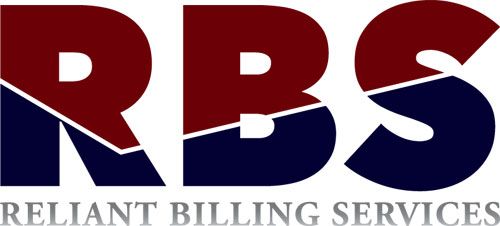Did you know that 90% of Americans would prefer to stay at home rather than living in a long-term care facility? Yet many adults in the older population have to navigate chronic illnesses and disabilities, which can be difficult or impossible at home. However, the pandemic caused a wide range of differences to healthcare, and one result is that care is much easier to access at home or via telehealth. Home healthcare comes with a lot of advantages since it lowers exposure risk for those with compromised immune systems. It also allows patients to receive high-quality one-on-one care in a comfortable setting, which is one reason why the home healthcare market is expected to grow by 30% over the next decade. This shift in care provides a lucrative opportunity for those who are looking to begin offering home health care or who want to be able to support new demand in the growing industry. This is why home healthcare is exploding in popularity, and here’s how to support new demand:
Invest in Quality Home Healthcare Support
Those who want to prepare their practice for an adaptive workflow should invest in high-quality support right from the start. This means that a home healthcare practice should funnel resources into hiring the right employees, practitioners, and team members.
Another opportunity to support changing workflow involves the billing process. Unless a practice already has an established, and efficient billing department, they should consider the use of an outsourced billing company because they specialize in correcting and overcoming common medical billing issues. This means that an outsourced billing company allows the practice to free up valuable resources to provide quality care, without worrying about the collections process.
Focus on Home Healthcare Costs
Home healthcare practices typically cut costs for the payer, the practitioner, and even the patient. Since home health practitioners can offer many of the same services as many clinics, this type of service often reduces more intensive procedures by offering preventative services.
Practitioners who are interested in reducing their bottom line may also work with the payer to optimize profit, develop at-home clinical models to support home healthcare, and bolster their clientele. These strategies better prepare the home healthcare business to adapt to new opportunities.
Another cost and bandwidth-driven strategy would be to establish partnerships with other providers that can provide at-home care or assistance for common health issues. Partnerships better allow a home healthcare practice to expand and shrink their operations as the market demands. And this strategy is often more lucrative for the business because it leaves the training and management of employees to someone else. Hiring an outsourced billing company like Reliant Billing Services also falls into this category since it would allow the business to hand the collections process over to someone else. Outsourced billing companies are also lucrative because they assist the company in defining areas of financial improvement in order to prepare it for shifting markets.
Finally, to increase profit over the course of time, practices should develop analytics to easily determine which patients would most benefit from home health in order to bolster their business. This could better set the business up to cater to those new patients, setting the groundwork for an exponentially expanding business.
Are you interested in learning more about how Reliant Billing Services can reduce your bottom line? Do you want to find more ways to stay adaptive and current as home healthcare demands change? If so, contact us today.


